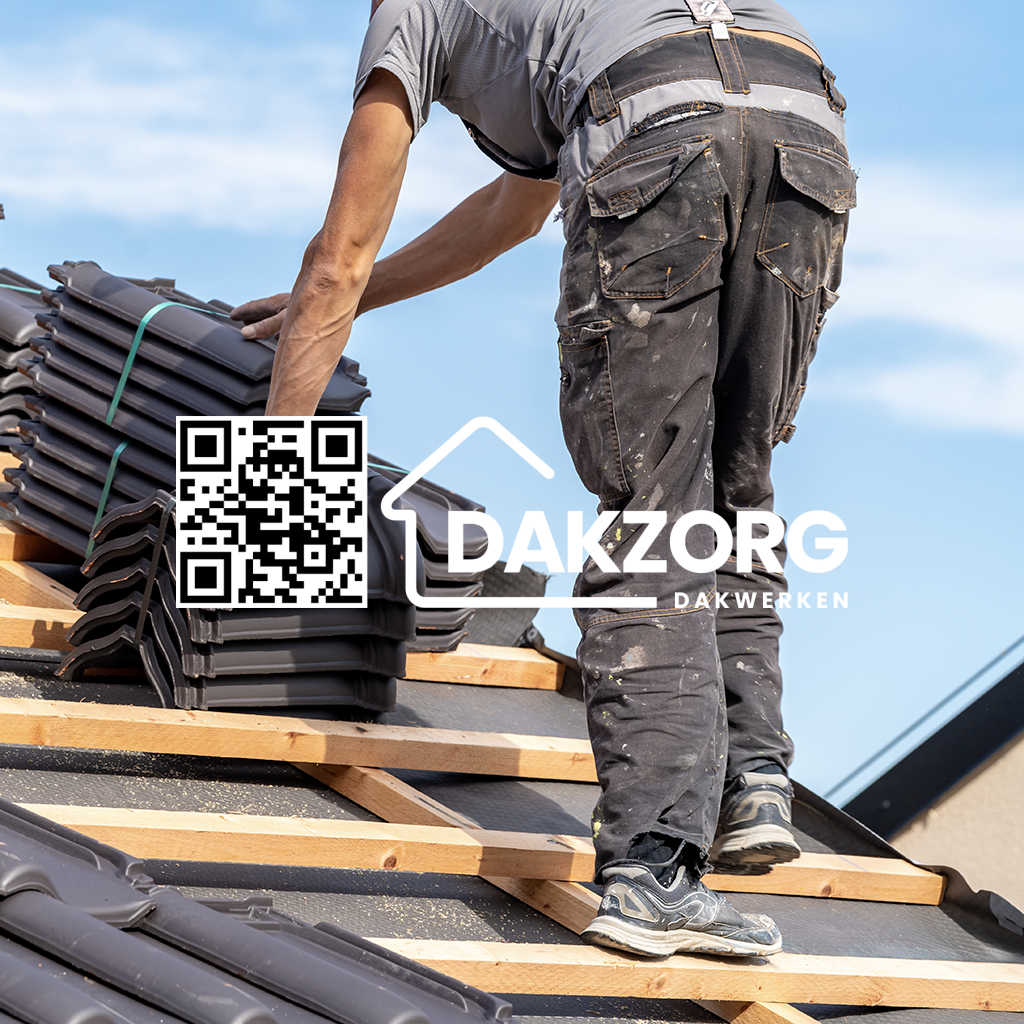Introduction
Roofing is more than just a protective layer for buildings; it is an art form that has evolved over centuries. In the Low Countries—comprising modern-day Belgium, Luxembourg, and the Netherlands—roofing techniques have developed in response to climate, materials, and cultural influences. The history of roofing techniques in the Low Countries is a fascinating journey through time, showcasing innovation and craftsmanship that have stood the test of time. As we delve into this topic, we will explore various roofing styles and materials employed throughout history, their significance, and how they have shaped the architectural landscape of this unique region.
The History of Roofing Techniques in the Low Countries
The history of roofing techniques in the Low Countries can be traced back to ancient times when early settlers constructed simple shelters using available resources. Initially, roofs were made from thatch—straw or reeds bundled together to create a waterproof barrier. This technique not only utilized abundant local materials but also offered excellent insulation against cold winters.
As trade routes expanded and connections with neighboring regions grew stronger during the Middle Ages, roofing techniques began to diversify. The introduction of tile roofs marked a significant turning point. Clay tiles were baked to create durable and waterproof options, leading to more robust structures capable of withstanding harsh weather conditions.
Early Roofing Materials: Thatch and Wood
Thatch: A Traditional Choice- Thatching was one of the earliest forms of roofing found in the Low Countries. It involved layering bundles of straw or reeds to keep homes dry. Advantages included natural insulation and eco-friendliness.
- Timber frames became popular due to their availability. Wooden roofs often featured steep pitches to facilitate water drainage. However, wooden structures had drawbacks like susceptibility to fire and decay.
The Advent of Tile Roofing
Introduction of Clay Tiles- The transition from thatch to clay tiles represented a significant technological advancement. Clay tiles are fired at high temperatures, making them durable and long-lasting. They became a symbol of wealth and status among homeowners.
- Different areas developed unique tile shapes and colors based on local materials. For instance, Dutch flat tiles contrasted with Belgian curved tiles. These variations contributed to regional architectural identities.
Influence of Gothic Architecture
Gothic Trends in Roofing- The rise of Gothic architecture had a profound impact on roofing styles. Steeply pitched roofs adorned with intricate details became commonplace.
- Spires added verticality while buttresses supported taller structures. This combination allowed for larger windows, enhancing interior lighting.
Baroque Period Innovations
Opulence in Design- The Baroque era was characterized by grandeur; roofs reflected this with elaborate designs.
- Gables became ornately decorated with sculptures or motifs representing religious themes.
Modernization: Industrial Revolution Impact
Advancements in Material Science- The Industrial Revolution brought new materials such as slate and metal into play.
- Mass production led to uniformity but sometimes compromised traditional craftsmanship.
Sustainable Practices in Modern Roofing
Green Roofs for Urban Spaces- Recent years have seen a resurgence in environmentally friendly roofing techniques like green roofs.
- Green roofs provide insulation while promoting biodiversity within urban settings.
FAQs about Roofing Techniques
Q1: What are some traditional roofing materials used historically?
A1: Historically, traditional roofing materials included thatch (straw or reeds) and wooden shingles before transitioning to clay tiles during medieval times.

Q2: How did Gothic architecture influence roofing?
A2: Gothic architecture introduced steeply pitched roofs adorned with spires and buttresses that allowed for larger roofing business Weert windows while providing structural support.
Q3: What is a green roof?
A3: A green roof is an environmentally friendly roofing system covered with vegetation that provides insulation benefits while supporting local biodiversity.
Q4: What advancements did the Industrial Revolution bring to roofing?
A4: The Industrial Revolution introduced new materials such as slate and metal while also enabling mass production methods that led to standardized designs.
Q5: How do regional variations affect tile designs?
A5: Regional variations affect tile designs based on local climate conditions, material sources, and cultural influences resulting in distinct shapes and colors across different areas.


Q6: Why is craftsmanship important in historical roofing techniques?
A6: Craftsmanship ensures durability, aesthetic appeal, cultural significance, and adherence to traditional methods passed down through generations which enrich architectural heritage.
Conclusion
Exploring The History of Roofing Techniques in the Low Countries reveals how architectural practices reflect cultural changes over time. From humble beginnings using natural materials like thatch to sophisticated modern solutions involving sustainability practices like green roofs—the evolution showcases human ingenuity responding dynamically to environmental needs while preserving aesthetic values unique to this region's identity.
As we've traversed through centuries of architectural development, it's clear that each era has left its mark on how we perceive buildings today—not just as functional shelters but as representations embodying roofing contractor our shared history! Understanding these trends helps us appreciate contemporary designs rooted deeply within historical contexts—a testament showing how past innovations continue inspiring future ones!
This article serves as an extensive exploration into The History of Roofing Techniques in the Low Countries, highlighting its complexity while ensuring clarity for readers eager for knowledge on this captivating subject matter!